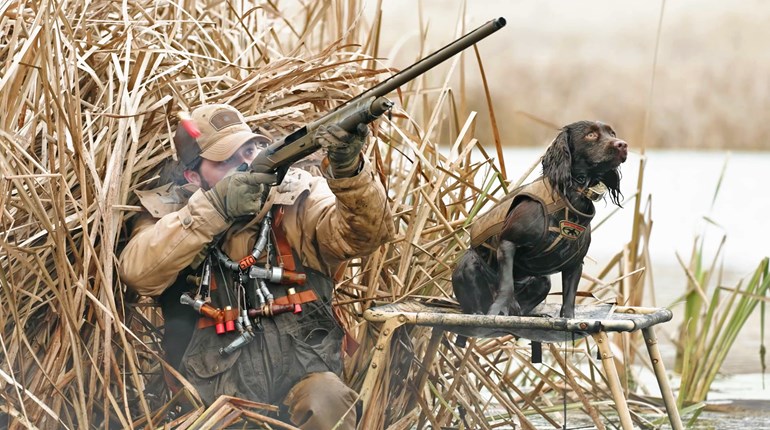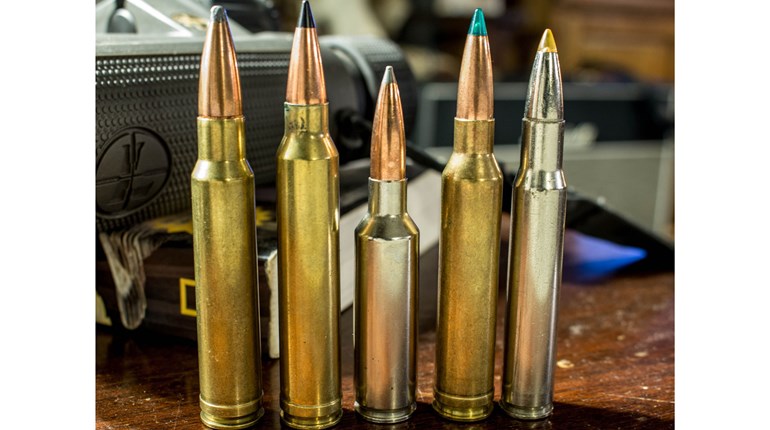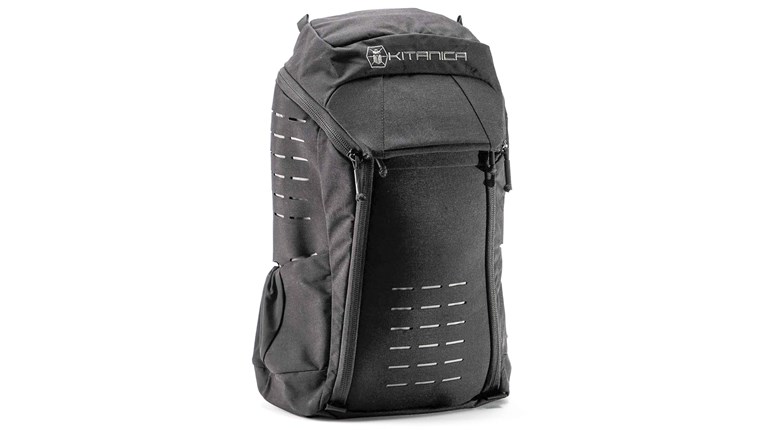
This article, "Remember Rule Four," appeared originally in the October 2017 issue of Shooting Illustrated. To subscribe to the magazine, visit the NRA membership page here and select Shooting Illustrated as your member magazine.
Target identification is perhaps the most vital aspect of home defense. Imagine waking up to a noise in the middle of the night, going to inspect the cause of said noise and discovering your young child decided that 3 a.m. was the perfect time to transform your living room sofa into a jungle gym. Clearly, being able to determine that this is not a threat is absolutely vital.
I suspect, in some cases, it is a matter of a person buying a defensive firearm and failing to get the training that ought to go with it. Just because a person owns a gun, and even knows how to shoot it, doesn’t mean that he or she knows enough to safely defend themselves with that firearm. And, they probably haven’t even gotten far enough along to know that they need to develop a personal defense plan. In the absence of training and a personal defense plan, panic takes over. And, panicking is the perfect recipe for someone getting hurt.
Those who have taken the opportunity to get professional training know many criminal attacks occur in low-light situations. Crooks like the dark, as it gives them concealment. The dark gives them a chance to do their thing without anyone being able to get a good description of them. In the dark they can function while their victims are asleep or unaware. The defensive shooter’s motto should be, “Let there be light.”
As responsible citizens, we need to be able to see well enough to clearly identify a person as a threat before we deploy defensive tactics of any kind. And the best way to do this is to put some light on the subject.
If I were smart enough, I would design a master bedroom that also had a master light switch. That is, one switch that will turn on every light in the house. A person might argue that lighting up the whole house would cause the crooks to simply run for it and get away. Outstanding! I want to cause the crook to stop all criminal activity, even if it means getting away. Catching crooks is a job for the police, not me.
The next best thing is to stock up on defensive flashlights. You know, those high-intensity lights that run on lithium batteries. When they first came out, these defensive lights were pretty expensive. Nowadays, they are made by numerous companies in price ranges that will fit just about any budget. The smart thing to do is to buy several. Have one in your pocket, one in your car, one on the nightstand and several others scattered at strategic locations throughout the house. You can even stick one on your home-defense gun if you want to. There is no such thing as having too many of these useful little lights. At home—and as importantly, away from home—they help you light up a person and identify whether or not they represent an actual threat.
When a person takes advantage of professional training, he or she quickly learns to make use of cover. Cover is anything that will stop, or severely impede, a bullet. When a homeowner takes the time to study their own home from a defensive perspective, they quickly identify numerous things within the home that qualify. Book cases, the refrigerator, brick walls and furniture are just some of the things that will give cover while a person identifies that thing that went bump in the night.
Some folks can come completely awake when startled; others take a bit of time to get in full control of their faculties. As adults, we should have long ago figured out which group we fall into. If you are a person who falls into that latter category, you might want to practice retrieving your firearm from storage under adverse conditions.
Putting the firearm in the nightstand drawer, instead of on top of the nightstand, may be the way to make sure that you are fully awake before you arm yourself. There are also quite a number of small gun boxes or safes that will serve the same purpose. Not everyone needs one of these, but the smart defensive shooter learns to evaluate each situation and needs individually and acts accordingly.
The more training a person gets, the less likely he or she is to wake up to a bump in the night and panic. Training and practice gives one the confidence to deal with a potential threat in a responsible manner. Taking the time to develop a personal defense plan just compounds the ability to deal with such a threat—and to deal with it safely and effectively.
When we feel compelled to investigate a strange noise in the house, we make sure that we are completely awake before arming ourselves. Having identified available cover in the daylight, at our leisure, we now make use of it as we investigate. And we light up the potential target to make sure that this is truly some sort of threat to our family and home before taking defensive action. We must also realize that the best action may be to just stay in the bedroom, call 911 and let the police handle the situation.
In the Gunsite gun-safety rules (my favorite), rule number 4 says, “Be sure of your target and what’s behind it.” In the dark, or semi-dark, this is not always possible. If you are unable to positively identify your target, you absolutely should not be considering any sort of ballistic solution to the situation at hand. What’s the best thing to do? Light it up.
The old phrase, “Let me shed some light on the subject,” takes on a whole new meaning when you hear that bump in the night. Make good, effective use of light in your home-defense plan. It’s the right thing to do. And it’s the safe thing to do.





































